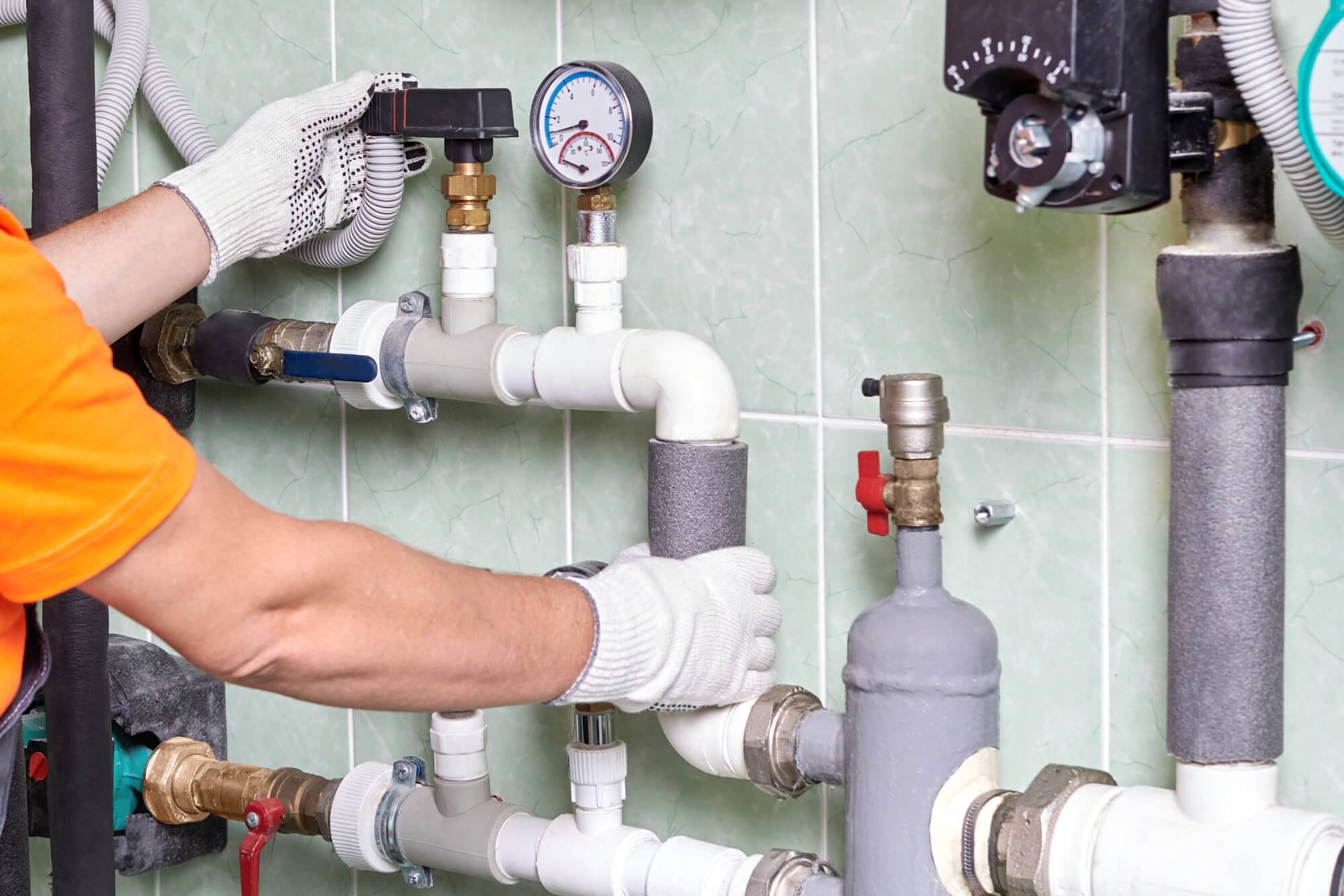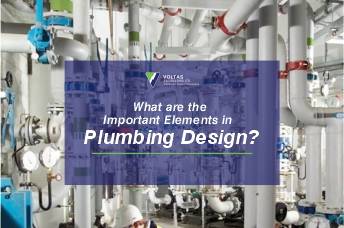The plumbing system is one of your home’s most important components. It carries out several essential tasks that keep your home liveable. Usually, a complicated network of plumbing pipes makes its way through residential properties. Therefore, you must have a comprehensive plan of action in place before building your new home.
Plumbing systems need to be given extra consideration when a house is being designed. An efficient plumbing system is intended to conserve energy and save water. Short runs between plumbing fixtures and the use of high-quality plumbing materials are critical components of a successful plumbing design in Surrey, BC.
Let us have a look at this article to learn more about the important components in a plumbing design.
The Important Components In A Plumbing Design

-
Building Codes
Building codes must be complied with before designing a home’s plumbing, waste, vent, and drain systems. A specific number of fittings are permitted on a vent stack, on a room’s drain system, and in situations when drains and supply lines are installed within the house.
Plumbing Codes forbid exceeding the limited number of fittings that are permitted in certain regions. Building jurisdictions give details on the codes they follow, as well as specifics where those codes differ from standard plumbing codes. You should get in touch with your building jurisdiction to ensure that the design of your plumbing system complies with the plumbing rules.
-
Supply Drawings
The cold and hot water supply lines’ estimated lengths and locations are shown on these technical drawings. The set includes several designs, vent lines, drain, installation guidelines, legends, and general remarks.
The position of the pipes, however, may vary depending on the site and is not usually shown in the blueprints. Rough-in plumbing often contains information on fixture position, size, the minimum height from the floor, distance from the wall, symbols, and more.
-
Adequate Pipes In The Right Sizes
To prevent recurring blockages or costly repairs, it is imperative to have plumbing pipes that are the proper size. If the pipes are too small, neither the system’s performance nor the plumbing requirements will be met. The lines won’t provide enough water, or the water temperature in separate fixture units can fluctuate.
Choosing the appropriate pipes is also very important. For instance, despite their popularity, PEX or copper pipes used within the house are more durable and less prone to damage than PVC pipes. To increase the plumbing system’s efficiency and reduce future maintenance requirements, the material and size of the pipe are of utmost importance.
-
Gas Plumbing
Most household systems use propane or natural gas features. Iron, polyethylene, and steel pipes are used in the plumbing system to transport fuel to the stove, oven, furnace, etc.
The lines are joined by screw-like threaded fittings that are sealed at the connection. The seal acts as a safety barrier to stop leaks.
-
Water Access
To ensure there is no cross-connection between freshwater and waste-carrying pipelines, engineers and architects must create realistic designs that indicate a continuous, contamination-free water supply at any time. The layout also allows for the water supply and DWV system to be installed adjacent to one another, creating a hot water loop that helps to reduce water and energy expenses to some extent.
To ensure an appropriate water flow, transportation from the water reservoir to your home is also taken into consideration.
-
DWV Elevation
A drain-waste-vent elevation, often known as a DWV, is a system that removes air and wastewater from a home. The upward direction of the stacks, vents, lengths of the drainpipe runs, and fixture traps are all included in this section.
It mainly illustrates how various fittings will vent. It can be a useful reference even if it isn’t always drawn over architectural designs.
-
Design of The House
Water Supply is a system that goes between different rooms of the house that require plumbing. This also applies to the drain-waste-vent (DWV) system, which often runs next to or alongside the water system.
Plumbing-dependent rooms might be grouped to improve system efficiency and reduce material costs. For instance, you may arrange your house such that the bathrooms are close to the bedrooms and the kitchen is positioned next to or near the laundry room. On the other side, you will have to pay more for additional supplies and overall installation if you plan rooms with plumbing fittings in opposing positions.
-
Outdoors
The plumbing plan also shows the connections for the outside faucet. There could be a lot of outside plumbing faucets linked around your house. Your architect can determine the necessary fixtures. A system for an outdoor kitchen, an in-ground swimming pool, hot tubs, in-ground water sprinklers, gutters, drainage pipes, and septic tanks can all be included in the design if necessary. If you ever decide to sell the house, having such an outside link can be a great selling factor.
-
Basement
When designing plumbing layouts in Surrey BC, another essential component to consider is a sump pump. It aids in pumping away water that storms and floods have brought into the house. The sewage lines or any other location where the water may drain out are connected to the sump pump discharge pipes, keeping the basement dry. A sewage pump system is further included to support any plumbing fixtures for basement elevations below the sanitary sewer service connections or septic systems.
As you can see, failing to include these crucial plumbing design components in the layout of your home may result in plumbing problems and increased utility costs. Voltas Engineering Ltd. in Surrey BC offers the necessary expertise to handle both residential and commercial plumbing projects, including everything from tiny, single-family houses to enormous, multi-use buildings. Our engineers believe in developing sustainable designs. This entails providing you with a plumbing system that is durable, safe, and energy efficient.
For further inquiries, you can contact us at +1 604-593-2293


